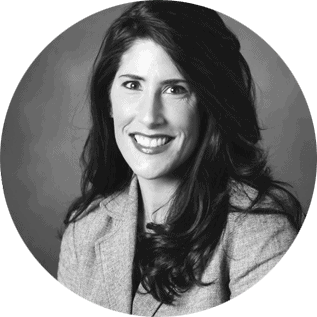The COVID-19 pandemic has touched nearly every part of our lives, and the universal impact has been astounding. The result has undoubtedly created a shock across Clinical Trials teams around the globe. Research teams are now facing new, often difficult decisions regarding the progress of their studies and the safety of their team members.
We acknowledge that this is impacting our field and our partners, but we are also keenly aware that there is an opportunity for innovation! To serve our community, we have reached out to four thought leaders in the industry to see how they have taken to adapting to Clinical Trial research in the age of COVID-19.
These organizations are leveraging remote technology to mitigate disruptions to their systems, policies, and processes necessary to continue in safe, regulated studies.
Who is leading the conversation?

MultiCare
Stacie Rebar
Director of Research Operations

MultiCare
Jessica Rowden
Regulatory Affairs

Vanderbilt-Ingram
Cancer Center
Catherine Gregor
Director of Clinical
Research Administration

Vanderbilt-Ingram
Cancer Center
Casey Braddy
Manager of Quality Assurance
and Data

The University of
Arizona Cancer Center
Chad Adams
Associate Director of Clinical
Research Administration

HonorHealth
Dr. Aurea Flores
Director of Research Quality, Regulatory and Compliance
Each of these organizations harnesses Florence eBinders to manage their operations. Additionally, they serve on the Florence Executive Customer Advisory Board who provide input and guidance on the Florence strategy to the advancement of research and technology.

Florence: How do you see the industry shifting over the next 3-5 years in terms of remote management, remote collaboration, and remote work?

Florence: Do you have any advice, tips, or strategies for people in your shoes who don’t have a system like eBinders or any other digital system in place? How do they go about maximizing their research and begin thinking about future investments?

Florence: Everyone in this industry is experiencing similar obstacles and frustrations during this time. Can you share any further tips or final thoughts for colleagues now or in the future?
After hearing from leading professionals across the industry on their approach to mitigating disruptions during COVID-19, it is your turn to build a plan for your organization to navigate these new and unfamiliar circumstances. We created a guide based off of customer insights and industry shifts to help you create a long-term plan for remote clinical trial progress, access and monitoring. You can download the step-by-step guide here, no email or information required.

